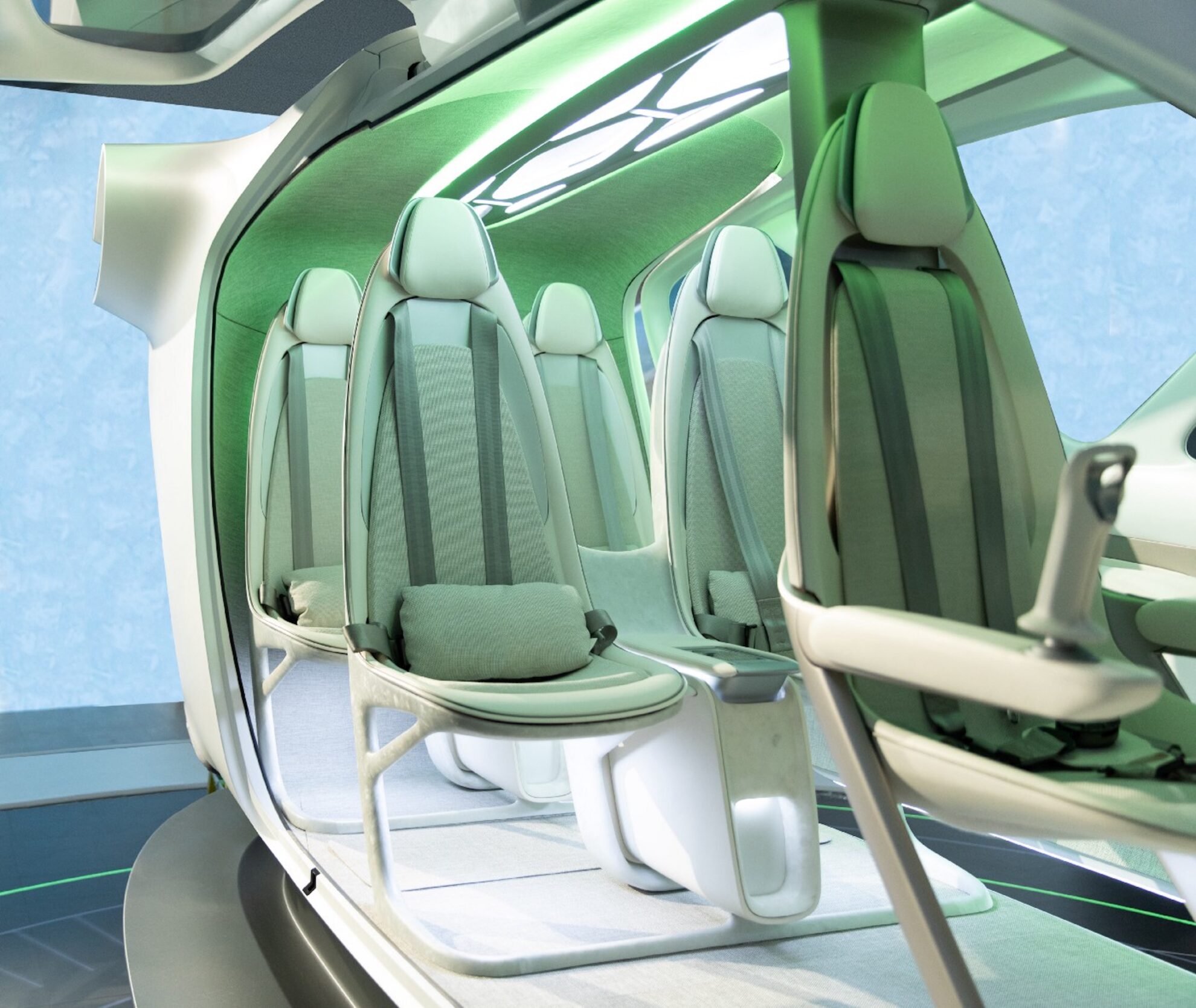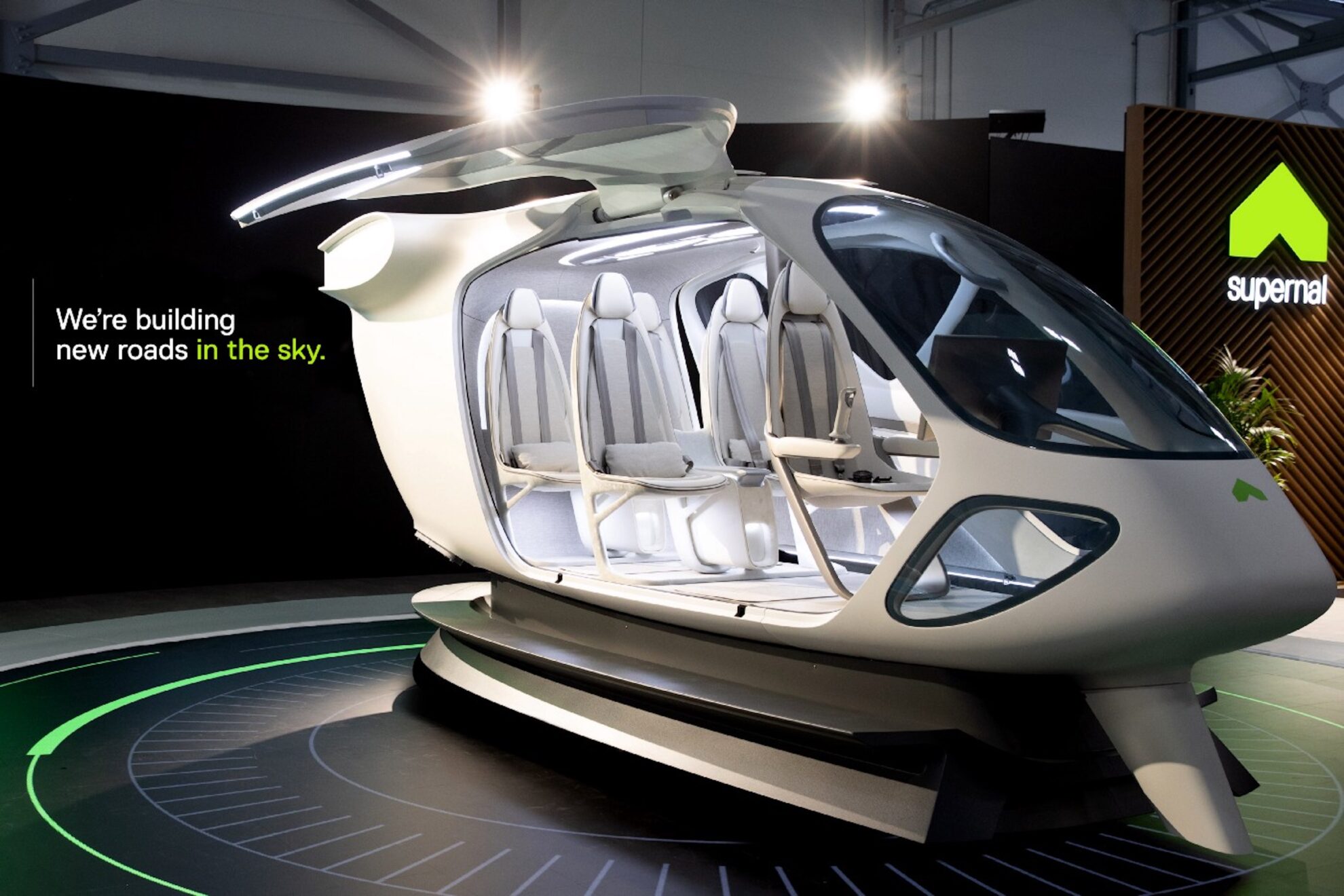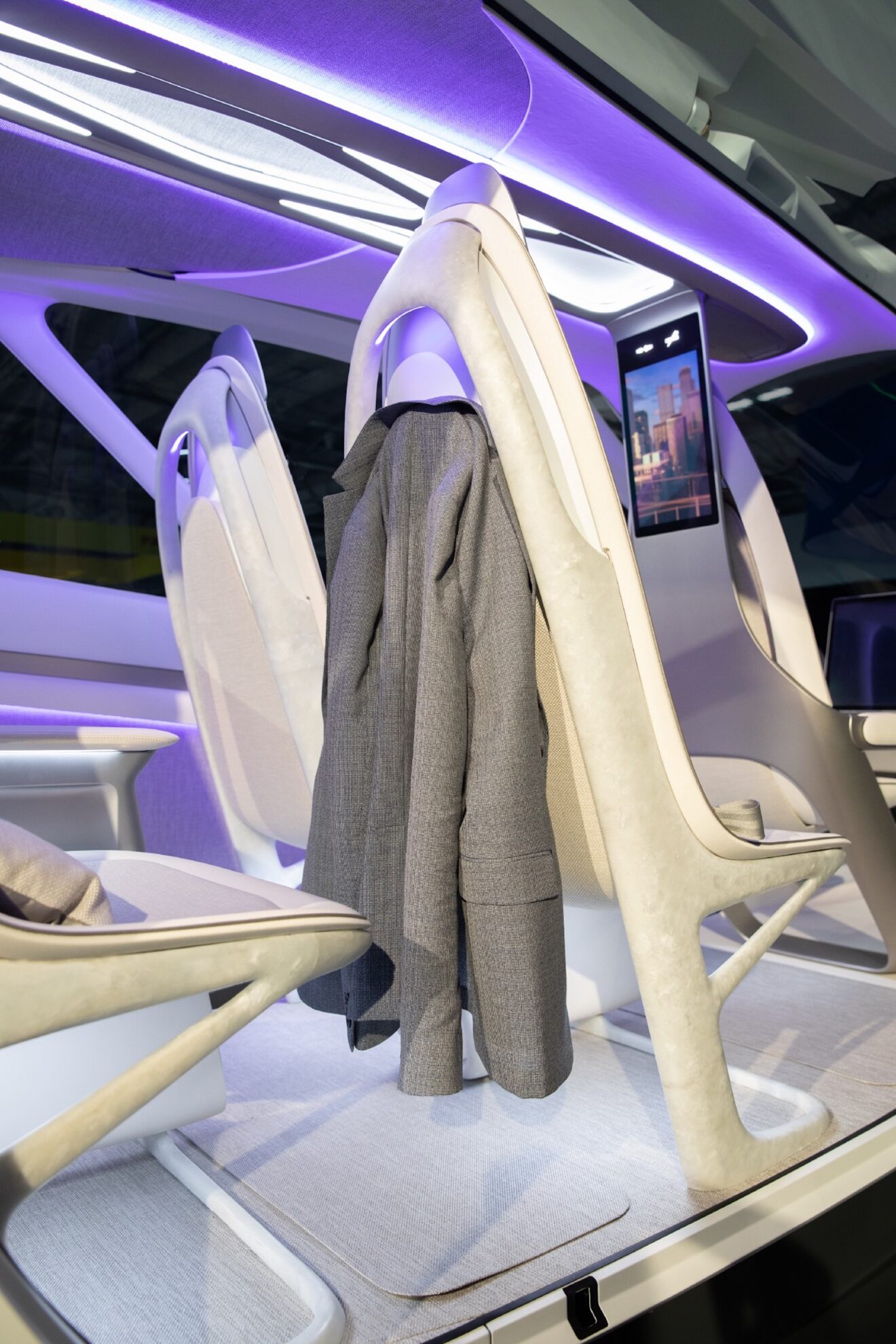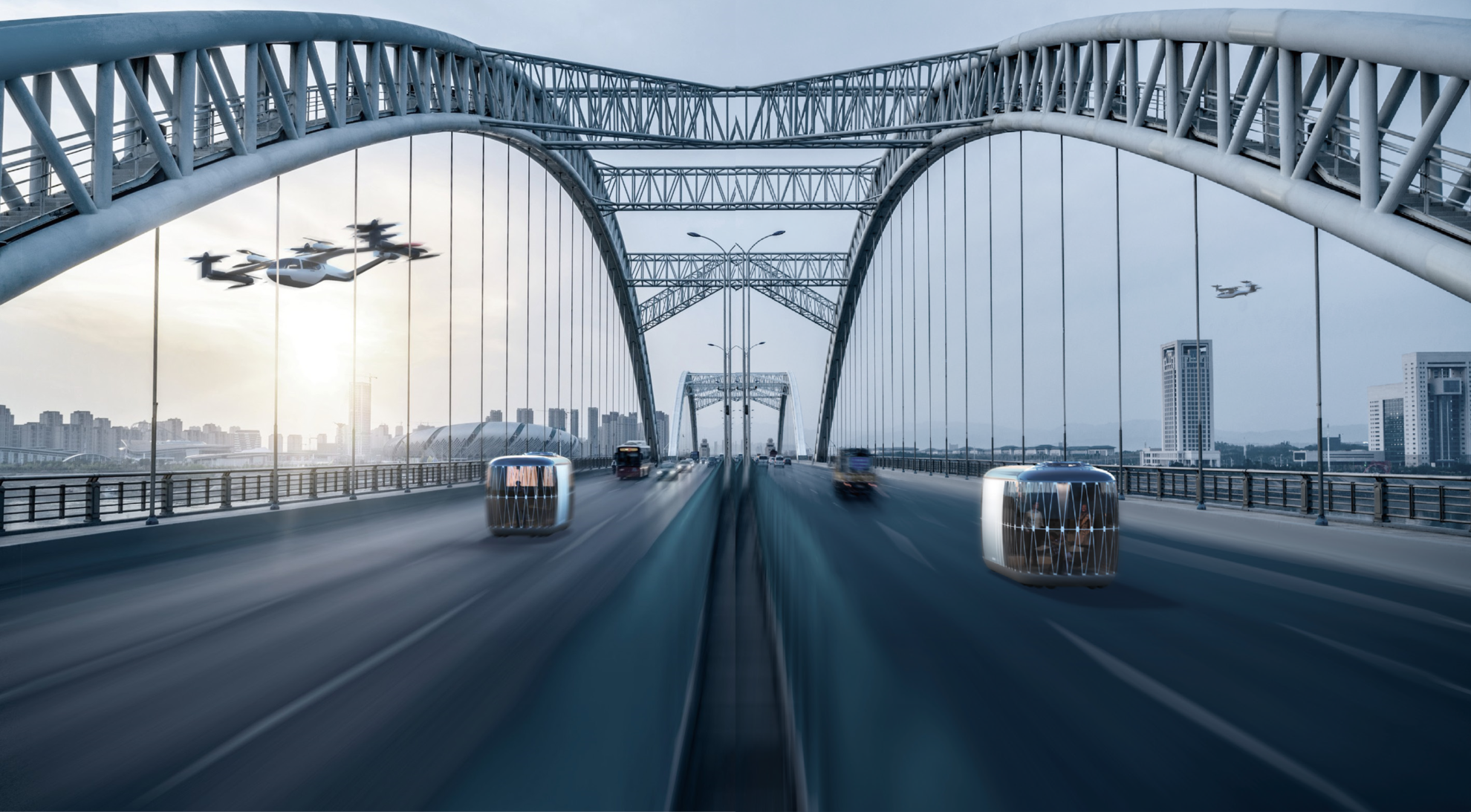Envisioning an ecosystem of clean air mobility, Supernal’s flying taxis can take off from vertiports and connect to other forms of transport. Rose Dykins reports
Supernal is an exciting player in the electrical vertical take-off and landing (eVTOL) realm, with its flying taxis set to launch for intra-city travel by 2028.
The company was founded within the Hyundai Motor Group in 2021 and is leveraging the Hyundai Motor Group’s technology and manufacturing capabilities to scale its ambitions.
Supernal is developing a family of electric air vehicles that will “stand at the forefront of a transportation revolution – to democratise flight and enable a more sustainable future”. The vision is for passengers to use vertiports (take-off hubs on the ground) to board eVTOLs and fly around urban areas.
Supernal’s six-rotor eVTOL is designed to transport up to four passengers with a pilot in control for intra-city journeys. This would drastically speed up travel times and encourage people to avoid road transport- a one-hour and 15-minute drive from central London to Heathrow airport, for example, would take just 14 minutes with a Supernal flying taxi.
 Supernal’s five-seat concept – unveiled at Farnborough International Airshow in July 2022 – gave a glimpse of how the company is harnessing automotive design processes and materials, while also meeting commercial aviation’s stringent safety standards, and optimising the passenger experience and price point. Supernal says that safety, human-centered design and environmental responsibility are the backbone of the concept.
Supernal’s five-seat concept – unveiled at Farnborough International Airshow in July 2022 – gave a glimpse of how the company is harnessing automotive design processes and materials, while also meeting commercial aviation’s stringent safety standards, and optimising the passenger experience and price point. Supernal says that safety, human-centered design and environmental responsibility are the backbone of the concept.

Jaiwon Shin, president of Hyundai Motor Group and CEO of Supernal, says. “Supernal is partnering with Hyundai Motor Group’s top automotive designers to develop our eVTOL vehicle for manufacturability and wide-spread public acceptance. “We are taking the time to create a safe, light-weight commercial eVTOL that provides our future passengers with the security and comfort they find in their own cars.”
“We are taking the time to create a safe, light-weight commercial eVTOL that provides our future passengers with the security and comfort they find in their own cars.”
The flying taxi’s design mimics the biology of a butterfly, with a cocoon-like environment for passengers. Engineers used the automotive industry’s design approach to create the light-weight interior cabin, which is made of forged carbon fibre.
The vehicle’s ergonomically contoured seats come with deployable consoles that similar to those installed in cars, and there are also in-seat charging stations and stowage compartments for personal items.
 The cabin layout draws inspiration from being inside a car with its minimised bulb lighting. There is also overhead lighting inspired by the light that travels through a car sunroof, which adjusts at different stages of the journey to emulate a “light therapy” effect.
The cabin layout draws inspiration from being inside a car with its minimised bulb lighting. There is also overhead lighting inspired by the light that travels through a car sunroof, which adjusts at different stages of the journey to emulate a “light therapy” effect.
Supernal is also exploring cargo configurations of its eVTOL and the vertiport infrastructure on which it can land and then connect to other forms of transport as well.
Shin said: “In order for Advanced Air Mobility to become a wide-spread mode of transportation, every detail – from the passenger experience to regulations and infrastructure – needs to be addressed from the start and work in lockstep with one another.
“Leveraging Hyundai Motor Group’s mobility capabilities, Supernal is investing time and resources upfront to ensure the industry can scale to the masses in the coming decades and reach its exciting potential.”

